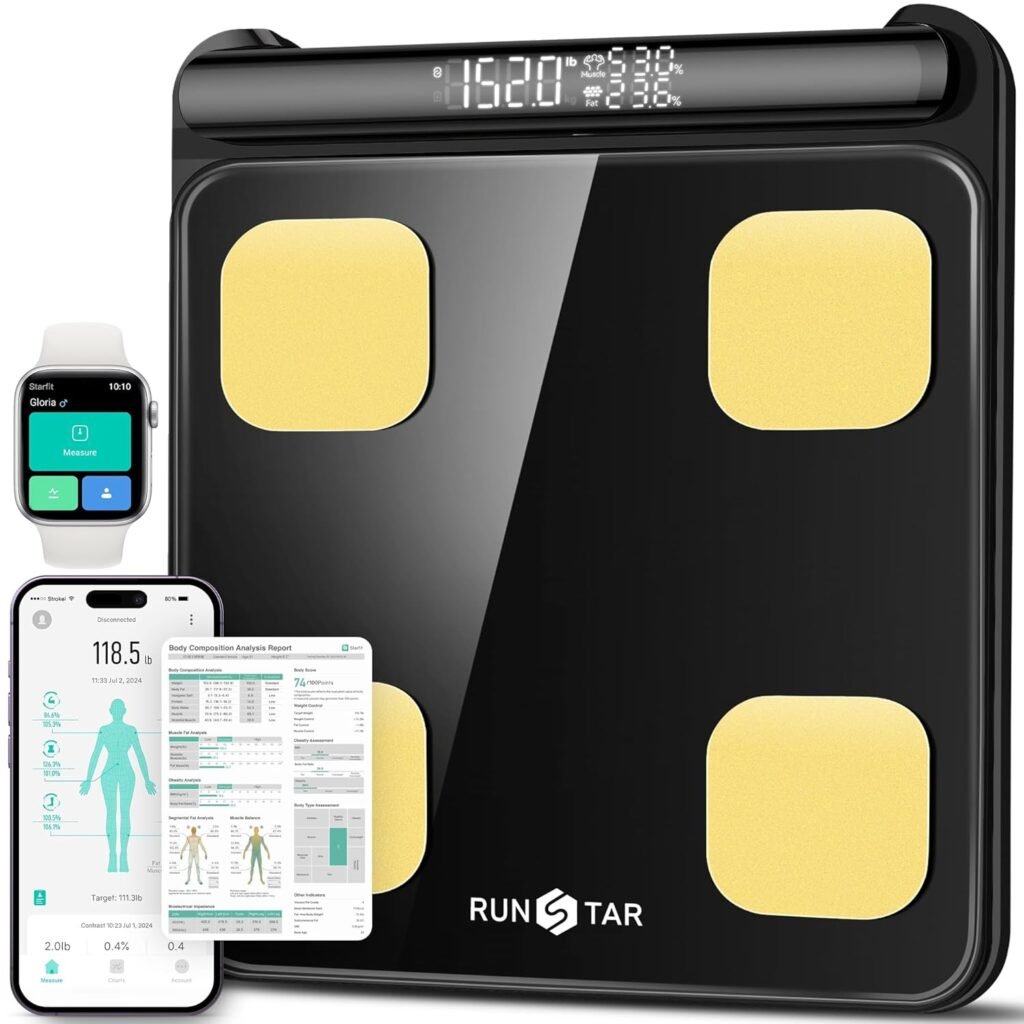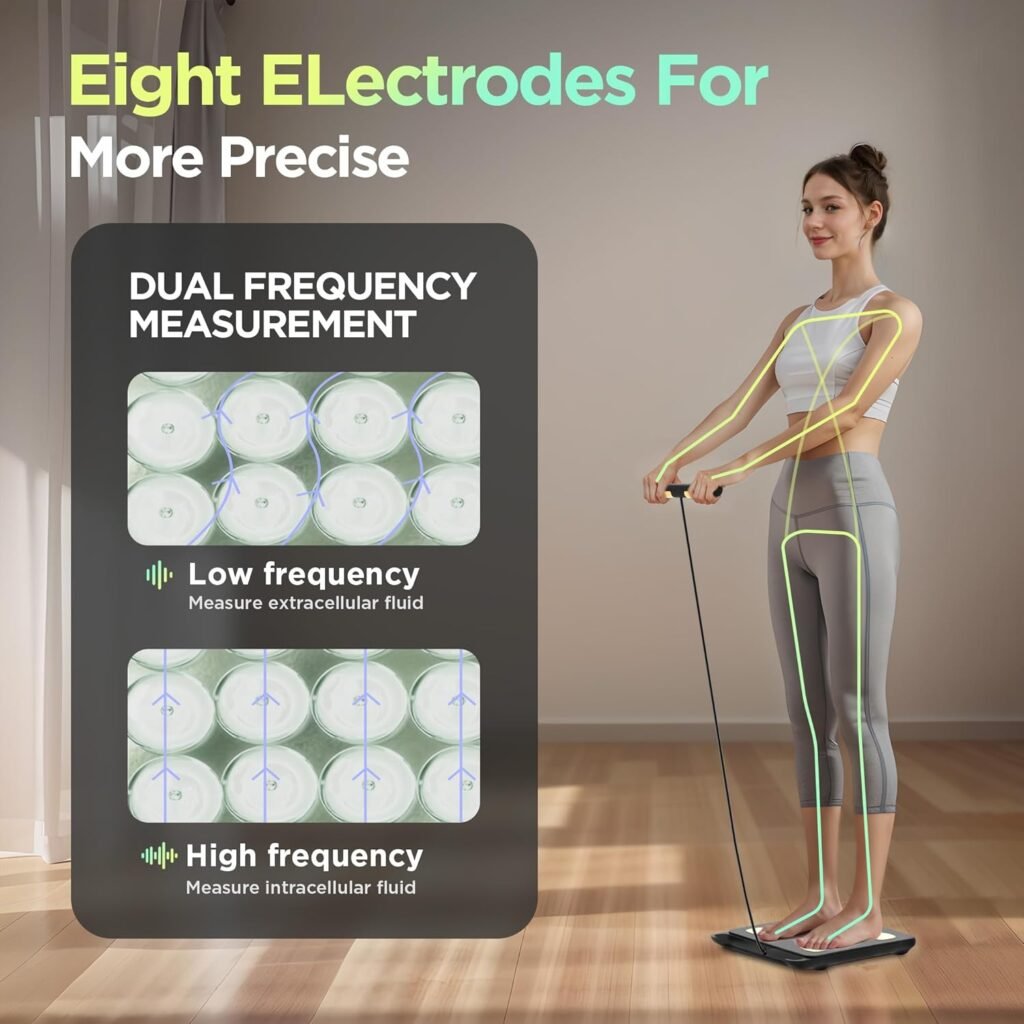Starting a home workout routine is a fantastic first step towards a healthier you. You’re consistent, you’re sweating, and you’re putting in the effort. But after a few weeks, you might ask yourself the big question: “Is this actually working?” If you’re struggling to see tangible results, the problem might not be your workout, but your tracking system. Learning how to track progress with home workouts is the secret ingredient that transforms effort into achievement, keeping you motivated and on the path to success.
It’s easy to get discouraged when the number on the scale doesn’t budge, but that single metric rarely tells the whole story. True progress comes in many forms—stronger muscles, more energy, and clothes that fit better. This guide will walk you through the most effective ways to monitor your fitness journey, ensuring you see and celebrate every single win along the way.

Table of Contents
Why You Must Track Your Home Workout Progress
Before we dive into the “how,” let’s talk about the “why.” Tracking your progress isn’t just about stroking your ego; it’s a strategic tool for success.
- Unbeatable Motivation: Seeing measurable improvements, no matter how small, provides a powerful psychological boost. It’s tangible proof that your hard work is paying off, which fuels your desire to keep going.
- Smash Through Plateaus: When you track your workouts, you can easily spot when your progress stalls. This allows you to adjust your routine—by increasing weight, reps, or intensity—to keep challenging your body and making gains.
- Smarter Goal Setting: Tracking gives you the data you need to set realistic and specific future goals. Instead of a vague “get stronger,” you can aim to “do 5 more push-ups” or “hold a plank for 30 more seconds.”
- It Builds Accountability: A record of your journey holds you accountable. It’s a personal commitment that makes you less likely to skip a workout because you don’t want a blank space in your log.
How to Track Progress with Home Workouts: 5 Simple & Effective Methods
You don’t need a fancy lab or an expensive trainer to see where you stand. The best methods are often the simplest. Here’s exactly how to track progress with home workouts using tools you likely already have.
1. The Old-School Classic: The Fitness Journal
Never underestimate the power of a pen and paper. A fitness journal is one of the most effective ways to track your performance. It’s a detailed log of your efforts that allows you to look back and see exactly how far you’ve come.
What to log:
- Exercises, Sets, & Reps: Write down every exercise you do, how many sets you completed, and how many reps were in each set.
- Weight/Resistance: If you’re using dumbbells, kettlebells, or resistance bands, record the weight or band level.
- Workout Duration & Rest Times: Note how long your workout took and how long you rested between sets.
- Subjective Feelings: Add a short note about how you felt. Were you energized? Tired? Was a particular exercise easier or harder than last time? This context is invaluable.
2. Picture This: The Power of Progress Photos
The scale can lie, but photos don’t. You could be losing fat and gaining muscle simultaneously, which means your weight might stay the same even though your body composition is changing dramatically. Progress photos provide undeniable visual evidence of your transformation.
How to do it right:
- Consistency is Key: Take photos every 4-6 weeks, at the same time of day, in the same lighting, and wearing the same (or similar) clothing.
- Get All the Angles: Snap photos from the front, side, and back.
- Relax: Stand in a natural, relaxed pose. Don’t suck in or flex—be authentic!
You will be amazed by the subtle (and not-so-subtle) changes you see when you compare photos side-by-side.
3. Measure Up: Body Measurements & The Clothing Test
Like photos, a measuring tape focuses on changes in body composition, not just weight. Gaining a pound of muscle while losing a pound of fat will make you look leaner and more toned, and the measuring tape will prove it.
What to measure:
- Waist (at the narrowest point)
- Hips (at the widest point)
- Chest
- Thighs (left and right)
- Arms (left and right)
Don’t forget the “jeans test”! How do your clothes feel? A pair of pants feeling looser or a shirt fitting better across your shoulders are clear signs of progress.
4. Chase That PR: Track Performance Metrics
A Personal Record (PR) isn’t just for elite athletes. Celebrating your own performance milestones is a fantastic way to track improvements in strength and endurance.
Examples of PRs to track:
- Time-Based: How long it takes you to run a mile or hold a plank.
- Rep-Based: The maximum number of push-ups, squats, or burpees you can do in a set or within a minute.
- Strength-Based: The heaviest weight you can lift for a certain number of reps.
Each time you beat your old record, you have concrete proof that you are getting stronger and fitter.
5. Tech to the Rescue: Apps and Wearables
If you love data and automation, technology is your best friend. Fitness apps and wearable devices can make tracking seamless.
- Fitness Apps: Apps like MyFitnessPal, Strong, and Jefit are great for logging workouts, reps, and weights directly on your phone. Many come with built-in rest timers and progress charts.
- Wearable Trackers: Devices like the Fitbit Charge or Apple Watch monitor your heart rate, steps, calories burned, and sleep quality. This data gives you a holistic view of your health and how your body is responding to your workouts.
To make tracking even easier, a smart scale can be a fantastic investment. It syncs directly with an app on your phone to track not just weight, but also body fat percentage, muscle mass, and more, giving you a comprehensive look at your progress.
For the ultimate data-driven approach, consider the RENPHO Smart Scale. It syncs with your favorite fitness apps and tracks 13 essential body composition metrics, including body fat percentage and muscle mass. It takes the guesswork out of tracking and puts all your data in one place.


Your Action Plan: Start Tracking Today!
You’re now equipped with the knowledge of how to track progress with home workouts. The key is to not get overwhelmed. You don’t have to use all these methods at once.
- Choose Your Tools: Pick 2-3 methods from this list that resonate with you. A great starting combo is a fitness journal and monthly progress photos.
- Schedule It: Set a specific day and time for your “progress check-in.” Sunday mornings are a great time to take measurements, photos, and review your journal from the past week.
- Be Patient & Consistent: True, lasting results take time. Trust the process, stay consistent with your tracking, and celebrate every step forward.
Frequently Asked Questions (FAQ)
Q1: How often should I track my progress? A: For most methods, tracking weekly or bi-weekly is ideal. Weighing yourself, taking measurements, or assessing performance metrics every Sunday, for example, gives your body enough time to show meaningful change. Progress photos are best taken less frequently, about every 4 to 6 weeks, to see more dramatic visual changes.
Q2: What should I do if I’m not seeing any progress? A: Don’t panic! A lack of progress, or a “plateau,” is normal. First, review your tracking data. Are you being consistent with your workouts and nutrition? If you are, it might be time to increase the intensity of your workouts. Try adding more weight, increasing your reps, reducing rest time, or introducing new exercises to challenge your body in a new way.
Q3: Can I track my progress effectively without a scale or measuring tape? A: Absolutely! The scale and measuring tape are just two tools among many. You can rely entirely on performance-based metrics (like how many push-ups you can do), progress photos, and how your clothes fit. Paying attention to non-visual cues like increased energy levels, better sleep, and an improved mood are also excellent indicators of progress.
Q4: Is it better to track my progress in the morning or at night? A: The most important thing is consistency. For metrics like weight and body measurements, it’s best to measure in the morning, after using the restroom and before eating or drinking anything. This gives you the most consistent and accurate baseline for comparison.
Your fitness journey is a marathon, not a sprint. By tracking your progress, you’re creating a roadmap that not only shows you where you’re going but also reminds you of how far you’ve come.
Ready to stop guessing and start seeing real, measurable results from your home workouts? Pick one tracking method from this list and commit to using it for the next four weeks.
Let us know in the comments below: What’s your favorite way to track your fitness progress?